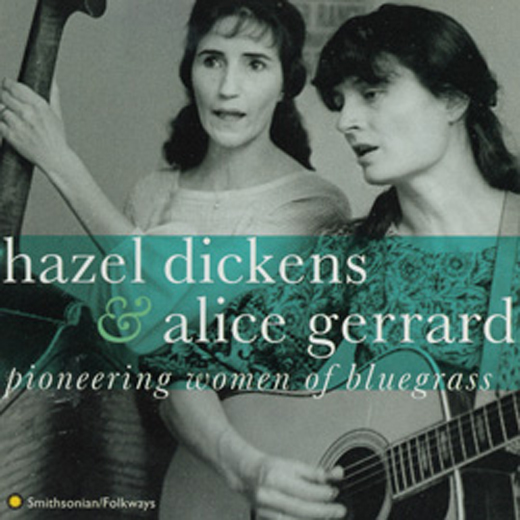Women’s History Month: “Women Breaking Musical Barriers” From Smithsonian Folkways
/https://tf-cmsv2-smithsonianmag-media.s3.amazonaws.com/filer/marylou.jpg)
For most of the years I spent in my college’s music conservatory, I was the only female tuba major. A little more than half a century ago, though, it’s unlikely I would’ve been there at all.
Today, it’s easy to count the music industry as one place where women have seen equal, if not more, success than men, but it’s also easy to forget that music, too, was once a male-dominated field.
During Women’s History Month, Smithsonian Folkways has compiled albums in a feature called “Women Breaking Musical Barriers: She Isn’t Supposed to Play That,” which examines the female musical tradition in both other cultures and our own.
Here in America, pianist Mary Lou Williams broke onto the jazz scene in 1924 when she was only 14, and just a few years after women’s rights were passed, Not only did she go on to play with some of jazz’s greatest musicians—Duke Ellington, Louie Armstrong, Thelonious Monk and Benny Goodman, among them—but like many women of her time, she never had any formal training. She was a self-taught musician, learning how to play and improvise along with writing her own music.
When folk music was revived in the 1950s, Hazel Dickens and Alice Gerrard became known as the genre’s female pioneers. Dickens, a bluegrass singer and double bassist, and Gerrard, a singer, banjoist and guitar player, formed a successful female duo, recording albums both together and apart. Dicken’s high-pitched voice, and Gerrard’s ability to hoot, shout or croon, made them one of the most famous bluegrass duo. The pair still sometimes perform today.
Female musicians around the world are still using music as a way to assert their social status. The Crying Woman Singers, composed of American Indian women from Canadian and U.S. Plains tribes, have worked to establish a position in their traditional powwow drum circles by teaching more young girls in their tribes how to drum.
In Ghana, where the Dagarti culture lives, only men are allowed to play the xylophone (the culture’s principal instrument). But the women there have still found a way to participate, mimicking the xylophone’s sound by stretching their dresses and hitting the fabric, like a drum.
And Jean Ritchie, an artist in the Anglo-Celtic genre, sings traditional songs without changing gender pronouns to reflect a female singer, which makes it sound as if she is singing from a male’s point of view.
See the Folkways feature for their full list of female musicians, along with videos and song recordings—or stretch your dress and try your hand at the cloth xylophone with this track from the Dagarti women.
/https://tf-cmsv2-smithsonianmag-media.s3.amazonaws.com/accounts/headshot/erica-hendry-240.jpg)


/https://tf-cmsv2-smithsonianmag-media.s3.amazonaws.com/accounts/headshot/erica-hendry-240.jpg)